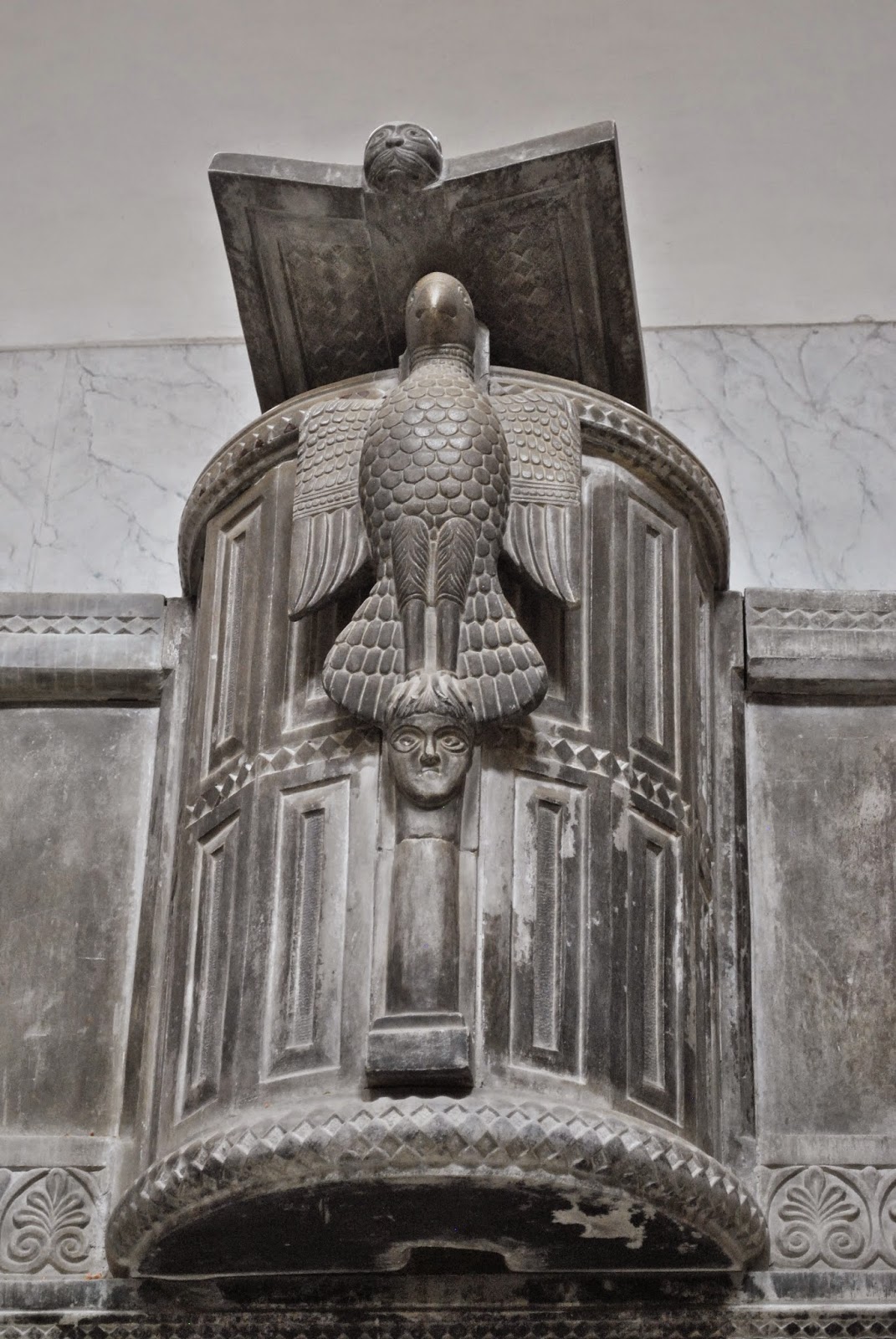When I was 23 years old, I went to London.
I spent three weeks there in order to attend
an English class.
One day, my Polish friend and I decided to
not go to school. We took a day off because we had planned to visit the British Museum.
Once in, we entered the exhibitions of
Greece and Rome.
Well, I was just so astounded by seeing so many objects from
Canosa, in Apulia.
“I come from this area!” I proudly said to
my friend, pointing the finger at the map.
Canosa is a town located in north of
Apulia.
It has roughly 5000 years of history.
Canosa was called the “little Rome” because
it is located on the top of seven hills, like Rome.
The grandiose appellation was given for an
historical reason as well.
The Romans, defeated by Hannibal during the
2nd Carthaginian war, were rescued by Canosa.
Finally, the Romans managed to beat Hannibal
and Canosa was well rewarded: it became colonia.
Additionally, the Via Traiana passed by
Canosa.
While driving toward Canosa, I just realize
that there are vineyards everywhere.
It is September, so it is time to harvest grapes.
The Rosso Canosa is a very good wine, made
by Nero di Troia a red
grape variety grown just in Apulia.
I arrive at Canosa at 12 o’clock, quite
late because of the heavy rain which I have encountered.
Therefore, I have little time to see two
things: the Archaeological museum hosted in Palazzo Sinesi and the S. Sabino
cathedral.
By the way, Canosa has much more to offer
in terms of archaeological and cultural
heritage.
After having parked the car, I quickly move
to the Cathedral, which hosts two amazing objects: the ambone and the throne
with elephants.
The ambone was made by Acceptus, an Apulian
Master who adorned the Cathedrals of Siponto and Monte S. Angelo as well.
On the other hand, the marble throne was
manufactured by Romualdo.
The throne has evident Oriental influence, typical
example of the Romanico-Pugliese culture.
I feel shivers down my back looking at it. The
throne is just so beautiful.
I would have liked to contemplate the Boemondo
mausoleum, which is beside the cathedral.
Unfortunately, I do not have time. So, I
promise myself to come back soon.
I get out the cathedral.
I quickly move toward Palazzo Sinesi. I
look forward to see the archaeological exhibition.
I have half an hour time.
I enter Palazzo Sinesi and talk with the
manager.
She says: “Canosa were manufacturing
ceramic from the 8th till the 2nd century BC. In other
words, it stopped with the Roman age.”
From my point of view, the nicest ceramic
which I see here it is the Daunian ones. Canosa was Daunian.
The bright pink color was extracted by natural processes.
Apparently, there are just 24 armours from
that age spread around the world.
Some of them come from Canosa di Puglia.
I have completed my visit. I cheer the
manager and I get out.
Now, I easily walk toward the car.















No comments:
Post a Comment